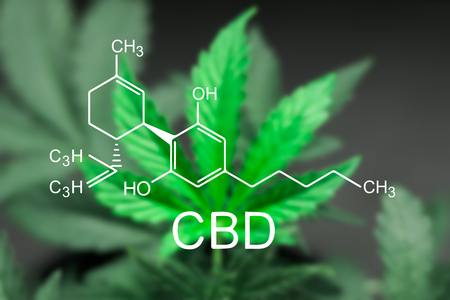For December 2018, we featured a special issue for MyHealthExpress online magazine. This blog post is meant to accompany that issue.
As population has increased, so too has the use of drugs among society. These drugs are those prescribed by the medical industry that generally are single-compound drugs. It is not that they are all bad because Western medicine has cured some conditions that were once fatal and, such drugs have even doubled the average life expectancy, especially in developing countries. This success has been hard fought through trial and error such that many believe that a compound will do exactly what research shows it will do. And, for single-compound pharmaceuticals, there is generally only one active ingredient, which will exert one specific reaction in your body. But what if the drug you took were a full-plant extract that had over a hundred compounds in it? How would it perform? The therapeutic use of cannabis belays the fact that single-compound drugs are always the most effective. Almost all studies indicate that whole-plant extracts produced much greater effects than single-compound medicines for the same conditions. Welcome to the world of health through cannabis.
Advertisement: Kanbala (click on photo for more info)

As an example, many drugs have one advertised purpose, but they also have a huge list of side effects that could occur and most of the side effects are deleterious to your health. The body is incredibly complex – more than three billion chemical reactions occur every second inside our bodies. Therefore, if a compound affects one part of the body it is highly likely to affect other parts as well. This fact separates cannabis from other categories of medicine – 113 phytocannabinoids are synthesized in one or two steps from the same originating compound – cannabigerol. They are all different molecules, but they are all incredibly like one another. Consequently, various phytocannabinoids work together and have a greater effect in modulating their respective pathways than a single cannabinoid would have by itself or, a single-compound drug. This is why the CBD’s from cannabis sativa work so well in healing. However, there is so much to learn – we have a very long way to go.
Synergy and the entourage effect
Because hemp was made illegal in the U.S. back in the 1930’s, most of the research on its health effects have been done in Israel. Researchers in Israel have conducted extensive and reputable research to determine if cannabinoids work together to increases their potencies – is it realistic or possible? Their findings clearly demonstrated that CBD, by itself, exhibits a bell-shaped dose response. This means that there was a meaningful effect when CBD was present in a very specific dosage window – this is typical of most drugs. However, when CBD was administered as part of a combination of phytocannabinoid-rich oil, the maximum effect of the CBD increased after it reached a plateau – it did not decrease as single-compound drugs did. The research was repeated and showed the same results. Therefore, it has spurred further research into the potential for widespread use of phytocannabinoids in the treatment of many different health conditions, and the prevention of many more.
Various phytocannabinoids, like the endocannabinoid system in mediating homeostasis, exhibit slightly different effects, which appears to bring equilibrium to the overall system through mediating many processes at once, which appears to prevent overloading any one part of the whole system at a given time. Currently, there is an increasing number of research studies ongoing and a huge amount of anecdotal support that demonstrate the efficacy of the use of a whole-plant cannabis extract, not only to heal maladies efficiently, but to also disrupt the status quo of big pharma.







